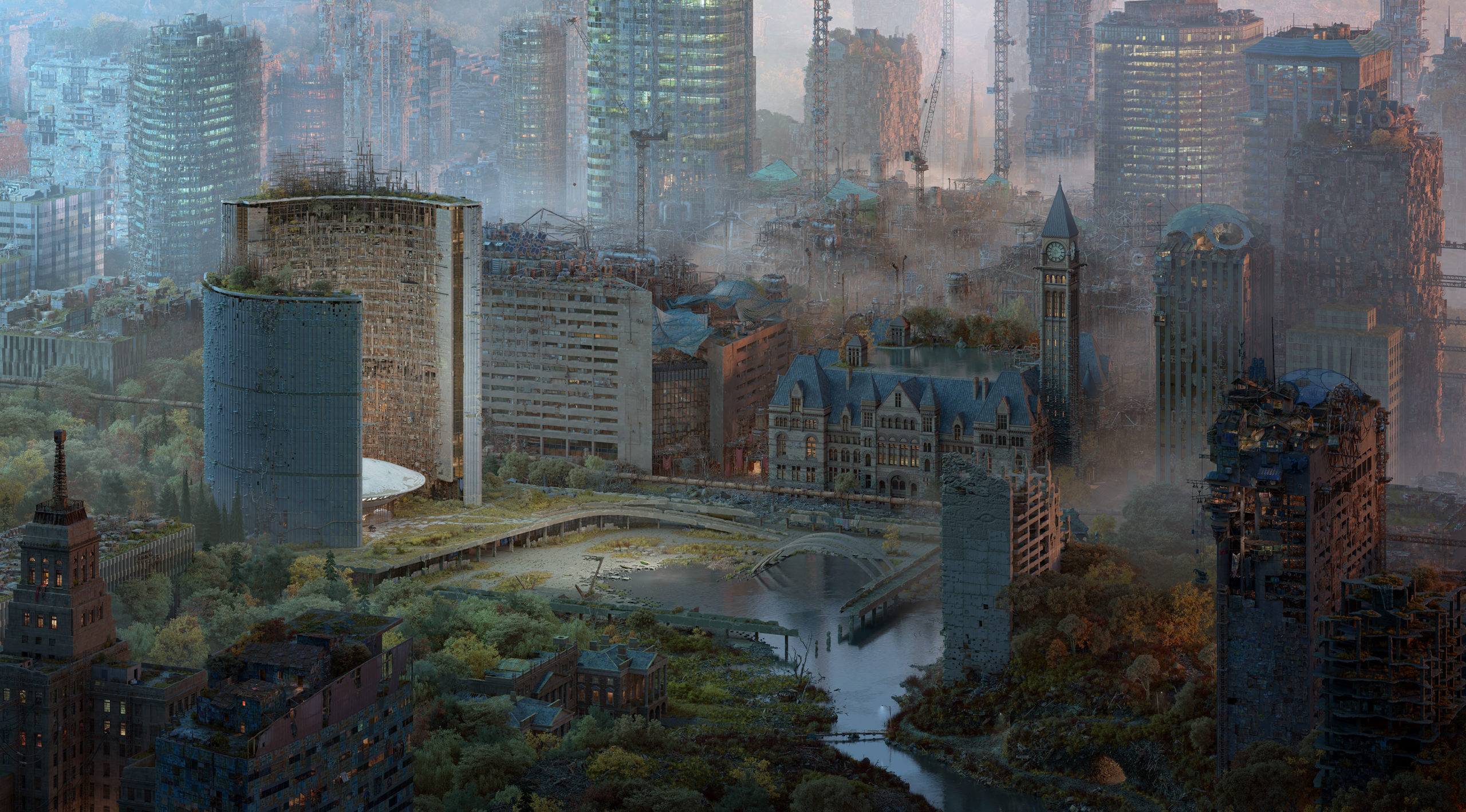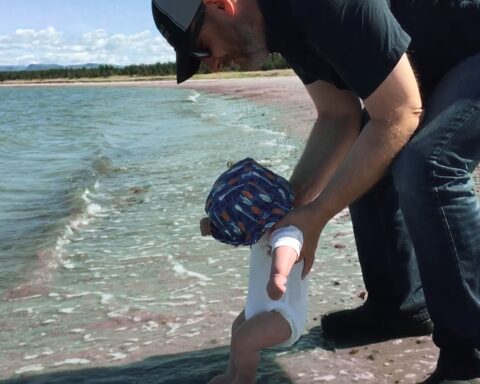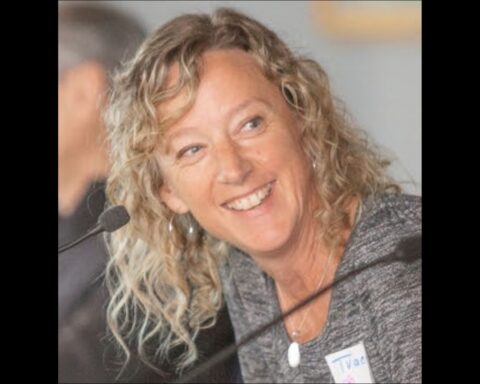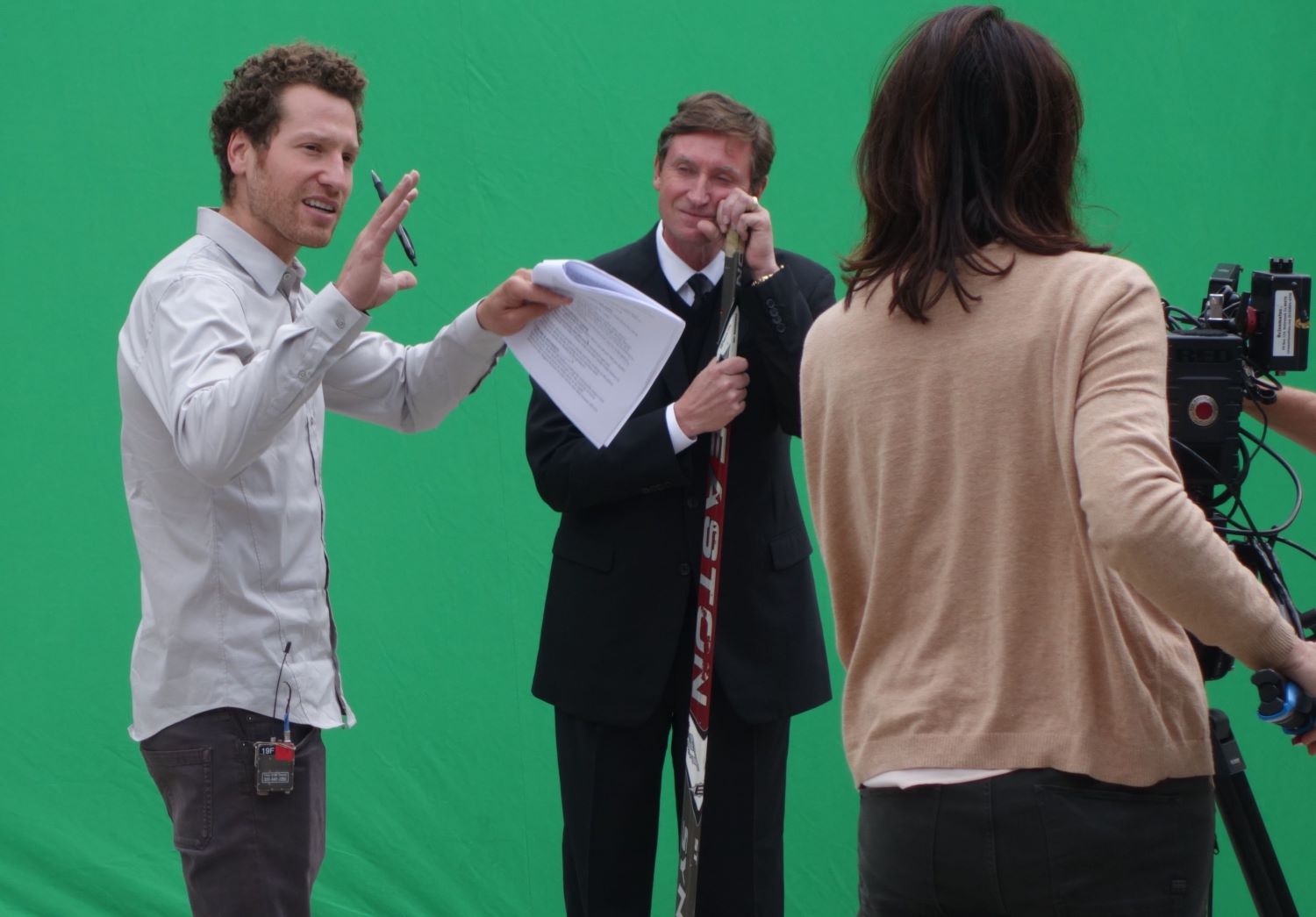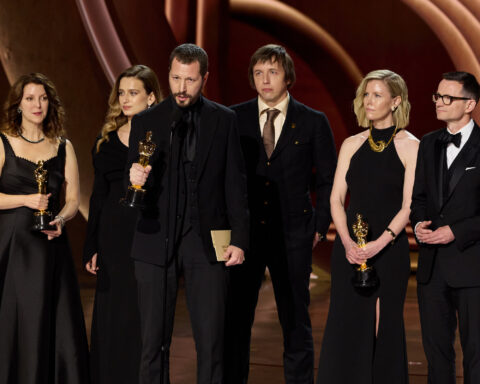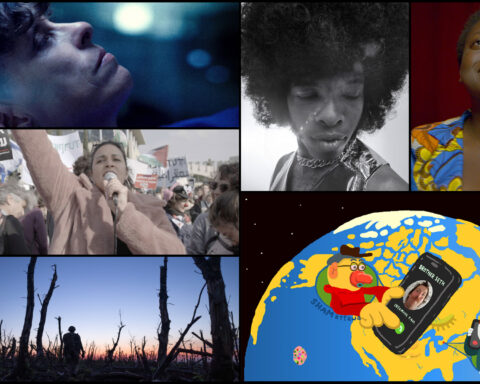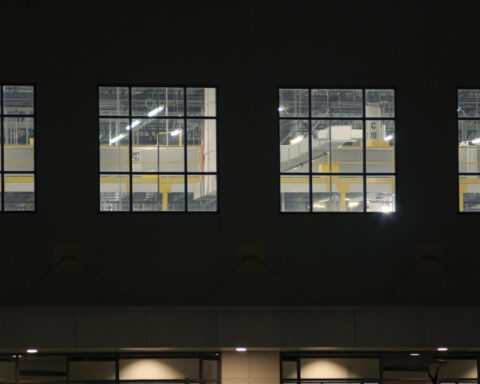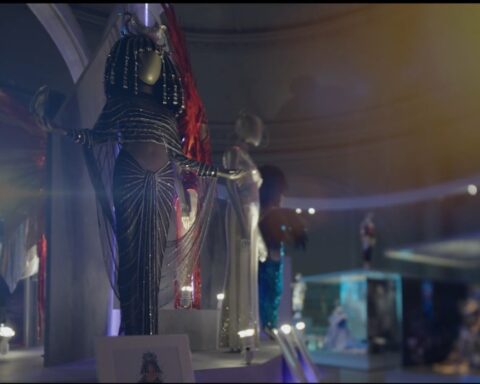A decade ago, the National Film Board of Canada (NFB), recognizing that “the digital transformation is altering in fundamental ways how audiences are consuming and interacting with audiovisual media,” penned a five-year strategic plan that put new media exploration and production at the heart of its activities. Believing that they could play a leadership role in “testing and experimenting with new modes of production and new technological and business models” and convinced that such a step would “maintain the creative vibrancy of the NFB,” the federal agency set up a number of initiatives, including the creation of digital studios dedicated exclusively to the production of projects where the audience has a hand in shaping the story itself, or how they experience it. The studios’ innovations in interactives have since become firmly entrenched in the international new media landscape, winning countless accolades. Since the creation of the Vancouver and Montreal based studios, interactive works and VR have taken off and the Board has expanded production in new media across the country. New explorations in documentary are emerging from the Ontario Studio in Toronto and new forms of animation from the English and French Animations Studios in Montreal.
The NFB’s interactive work has since become firmly entrenched in the international new media landscape, winning countless accolades. David Dufresne, a French writer and director who produces pioneering interactive projects, once referred to it as the genre’s “mecca.” Canadian filmmaker Randall Okita, working with the Ontario Studio on The Book of Distance ,calls the space afforded to interactive creators a “miracle.” Not only because it is “rare,” but also because he wants to draw attention to it, so that others may learn from its structure and be inspired to try their own version.
The NFB experience shows that you need an institution that has the freedom to experiment and take risks. Loc Dao, the Board’s chief digital officer, points out that since they are a public institution, the NFB doesn’t fall prey to commercial pressures. And unlike the CBC, they don’t have to produce daily content. Hence, “when there’s a whim, it can be explored until it is fully achieved,” Dao notes. He recently finished working on Homestay, a VR project about how hosting international students changed director Paisley Smith’s thinking about home, kinship, hospitality and culture. The story unfolds within an origami-like world inspired by the Nitobe Memorial Garden in Vancouver, where the author went to try to make sense of a tragic event which happened in her home. This is unusual in the immersive media realm. Usually the audience is put in the places where the stories happen, rather than being invited to enter a space of contemplation. The ‘whim’ here was to imagine a VR experience where the “audio narrative was the hero,” as Pablo Vio, the co-founder and executive director of Jam3, the design and experience studio, who collaborated on the project, puts it. Or, to paraphrase Dao, the aim was to see whether, and how, such a technique could elicit strong emotions. In a day and age where our attention is split between multiple screens, virtual reality, which requires putting on a headset and headphones that isolate you from the rest of the world, may indeed be a way to encourage attentiveness. Aside from being a touching story, Homestay is a way to test that hypothesis. [Homestay plays at Reel Asian until Nov. 10.]
It’s not the first time that the NFB has considered what makes the audience focus on a story. In 2017, the Ontario studio released The Space We Hold, an online interactive piece that accompanied Tiffany Hsiung’s feature documentary The Apology, about three “comfort women,” young South Koreans who were kidnapped and forced into military sexual slavery by the Imperial Japanese Army during World War II. In order to view the film, you have to constantly press down on your computer’s spacebar. The moment you release the pressure, the experience pauses. “It took us a while to figure out why this project ought to have an interactive component,” recalls David Oppenheim, producer at the Toronto studios. “Some of the initial concepts weren’t very convincing. Ultimately, it was that very simple mechanic that made the most sense because it interrogates the ways we listen to testimonies of survivors of sexual violence and, in a larger sense, is a provocation on how we watch videos of difficult situations.”
The challenge of aligning form and content is ever-present, especially in a field where cool new technologies constantly emerge. The trick, believes Rob McLaughlin—who, as the director of digital content and strategy at the NFB from 2008 to 2011, was responsible for creating processes and procedures to facilitate collaborations with new kinds of makers—is to carefully consider what these cutting edge tools let creatives accomplish, and observe how people use them. “In the beginning, we did a lot of demonstrating, building quick prototypes. Early projects like Welcome to Pine Point, God’s Lake Narrows and Bear71 were designed to not only engage the public, but also to educate ourselves and the people at the NFB about the storytelling possibilities afforded by new interactive technologies,” he recalls. Now, as the executive producer of the Digital Studio in Vancouver, McLaughlin encourages his colleagues to continually seek original ways to “engage the public with the creation of work that ultimately help us understand one another,” which he sees as the organization’s core mandate, no matter the medium.
Such thinking is not new for the institution. Experimentation has always been part of its DNA. Filmmakers and animators like Norman McLaren, Wolf Koenig, Pierre Perrault, Michel Brault and Alanis Obomsawin constantly pushed the boundaries of their fields. They questioned what stories ought to be told and how, introduced new tones and techniques, and pioneered community-based processes. “I often think back to McLaren who contested the idea that film was invented by the Lumière brothers, saying instead that it was being reinvented every time someone new took a camera in their hands,” says Louis-Richard Tremblay, producer at the Montreal digital studio. “That spirit, that impulse, still animates us today.”
Indeed, innovation isn’t found only in new technologies, but also in the types of stories that are told through them. The NFB’s Montreal studio just completed Dream, a rather psychedelic VR oddity. Instead of immersing you in another reality, the piece transports you to the land of dreams, illustrated by animated images made by elementary school students. “Philippe Lambert believes that if we want to reinvent the world, we should first start dreaming again. So, how do we put someone in a dream-like state while they’re awake?” asks Tremblay. “Initially, we thought it’d be a desktop or mobile experience. We even considered creating a simple screensaver! Eventually, we realized VR made sense because you had to take the person away from reality.” As such, the experience bends what has long been thought to be the purpose of VR. The narrative purpose here is not to make you empathize with those whose stories you’re being immersed in, but to alter your state of mind in a bid to lift constraints on imagination.A similar intention drives Biidaaban, a 2018 VR piece by Lisa Jackson and Mathew Borrett that envisions what a “reconciled” version of the city might look like—one where nature has reclaimed its place and where the native languages that grew on this land resonate.
The resulting work is innovative not so much in form but in purpose. “Indigenous futurism is really powerful,” says Anishinaabe filmmaker Jackson. “One thing artists can do is to imagine alternate futures. In doing so, they can start conversations about where we are at and where we are going.” In her hands, VR, which she points out is often voyeuristic and manipulative, becomes a decolonizing tool, a prompt to confront our own preconceived ideas of what lies ahead. “It’s interesting that the only word we have for such a future is post-apocalyptic,” notes Jackson. “We don’t have any other way to talk about a place where the structures we know are no longer. That says a lot.” [Biidaaban has its next stop at RIDM.]
“As storytelling becomes more and more tech-driven, the entry point becomes increasingly high,” notes Anita Lee, executive producer of the Ontario studio. “The private model, which demands training and means, makes new media prohibitive to many parts of society. In that context, we have a responsibility as a public institution to work to increase diversity and inclusivity.” To get to such original outcomes, the digital studios rely on an iterative process. “You start with a concept, map it out with pen and paper, sketch out user flows—how the audience moves through the experience—craft a simple prototype, test, revisit, repeat, change course, repeat,” explains Oppenheim. Recently, he’s been working with Okita on a new room-scale VR project. The Book of Distance recalls Okita’s grandfather’s experience arriving to Canada from Japan. “The initial phases are very exploratory,” says the filmmaker and installation artist. “This is great because so much of the industry is based on product, creating this sense that you have to walk in the door with the exact image of your commercial output. At the NFB, you’re greeted with questions: What could it be? How can we get there? What tools would we use? What is at the fine edge of the blade of your current practice? And so on.” This, Okita believes, is at the heart of the studios’ successes. “It wasn’t about the quickest way to come to an answer; it was about how to methodically develop the way to find the best answer,” he adds.
It should come as no surprise that praise comes to those who take the time to do things well, who are critical of themselves and the industry they are part of, who are open to new perspectives and are willing to rethink the way things are done. When I asked him why the NFB was so successful, McLaughlin from Vancouver fired back: “Are we? I always ask myself, are we innovating as much as people say we are?”




